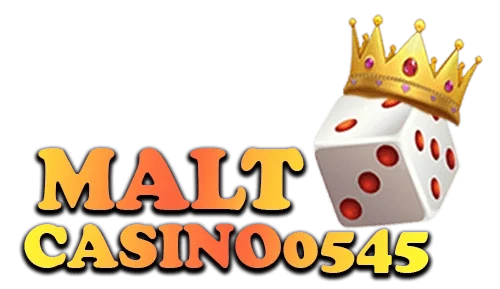When the PlayStation Portable debuted, it promised a revolution: console-quality experiences that fit in your hand. Two decades later, the PSP remains a symbol of innovation and imagination. Its library of the Slot Gacor best games wasn’t defined by hardware specs, but by creativity, emotion, and depth. In an era where handhelds were often dismissed as secondary experiences, the PSP dared to prove that small screens could hold big stories.
The PSP’s design philosophy reflected Sony’s ambition — sleek, cinematic, and immersive. From the beginning, its lineup showed confidence. Games like Crisis Core: Final Fantasy VII and Metal Gear Solid: Peace Walker weren’t watered-down adaptations; they were full-fledged experiences. These titles told stories that rivaled console epics, complete with complex characters, cinematic cutscenes, and powerful soundtracks. They redefined what portable gaming could be.
But what truly made the PSP special was its willingness to experiment. LocoRoco turned physics and music into art. Patapon used rhythm to control armies in a game that felt more like a tribal symphony than a traditional strategy title. Daxter mixed humor with tight platforming mechanics, showing that even spin-offs could carry personality and polish. These games captured the heart of what made PlayStation great — creativity, depth, and soul.
The best PSP games also explored emotion in unexpected ways. Crisis Core remains one of the most heartfelt narratives ever told on a handheld, with its tragic hero Zack Fair becoming an icon of loyalty and sacrifice. Even shorter, simpler titles like Echochrome challenged players to think differently about perception and problem-solving. Each PSP game, regardless of genre, carried a sense of purpose — a belief that portable gaming could be just as meaningful as console experiences.
Beyond its software, the PSP built communities. Monster Hunter Freedom Unite in particular transformed social gaming, especially in Japan, where players gathered in public spaces to team up for hunts. The device fostered camaraderie long before online play became the norm. It was an experience built around cooperation and shared achievement.
Today, as gamers revisit PSP classics through emulation and digital re-releases, the magic feels undiminished. The art styles remain charming, the soundtracks timeless, and the stories emotional. The PSP’s best games remind us that constraints breed creativity. By working within limitations, developers crafted experiences that continue to resonate nearly twenty years later.
The PSP wasn’t just a portable console — it was a declaration that storytelling could thrive anywhere. Its influence can still be felt in modern handheld gaming and even in PlayStation’s continued dedication to narrative depth. To rediscover a PSP game is to rediscover the heart of gaming itself — simple, emotional, and profoundly human
